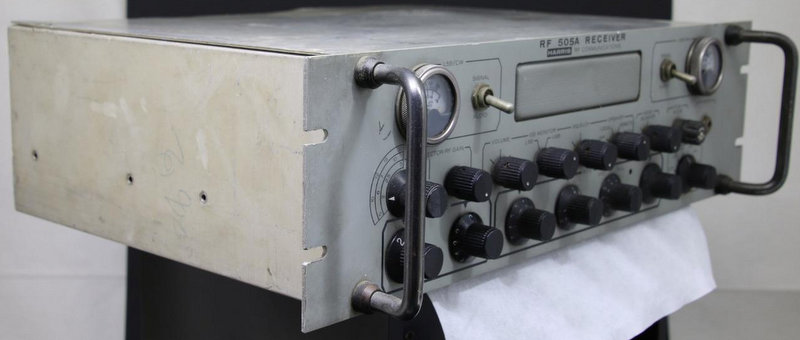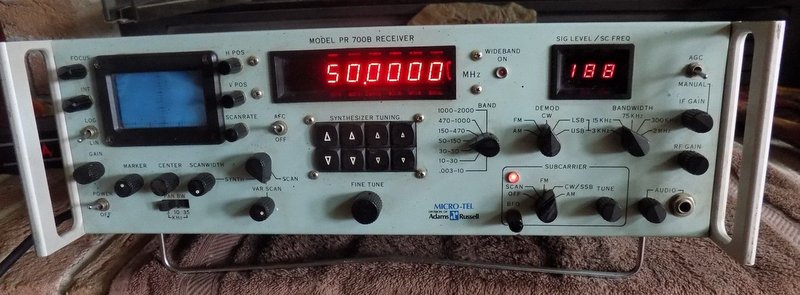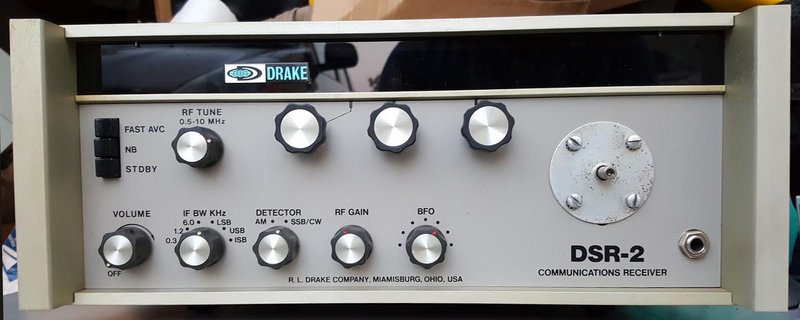
In response to our post mentioning the Harris RF-505A, SWLing Post contributor, Bob LaRose (W6ACU), writes:
I know the RF-505A very well. It was introduced in about 1969 while I worked at Harris in Rochester. I started working there as a Co-Op student while at RIT and then after I got my BSEE I joined them full time, initially as a Field Engineer but quickly found my way into Marketing and eventually Sales.
Right after the first version came out, the RF-505, I took one home to my parent’s house for a weekend and did some SWLing with it. It was very neat in one respect – it tuned ISB (Independent Side Band) and in those days there were a number of utility stations using ISB (separate traffic on each sideband). To an SWL some of the most interesting of these were the VOA point-to-point links from the East and West Coast, each carrying two simultaneous program feeds for the overseas relay stations!

While overall a good receiver my personal results on the sensitivity of the original RF-505 were not very positive. On the bench with exactly a 50 ohm source it looked good but on a real world antenna it was pretty numb. Eventually, after a lot of internal arguments, they came out with the RF-505A that included a tunable active preselector as shown in the photos. Problem solved.
For a ham or SWL the RF-505 was a real pain in the butt to tune. You could dial in any exact frequency but the decade switches didn’t roll over (either mechanically or electrically) so you had to do a lot of knob twiddling to do any kind of band scanning. The detents on the switches connected to the knobs were pretty stiff so you could easily take some finger skin off tuning around!
If I remember correctly Harris built them for about a five year period and then replaced them with the RF-550, which was a monster of a receiver with all kinds of advanced features. It included a keyboard with electronic display.
Great memories!
Thanks so much for this RF-505A insight, Bob! I had a hunch that band-scanning wasn’t the RF-505A’s strong suit–it would be incredibly cumbersome to scan with so much “knob twiddling.”
It must have been pretty amazing to work for the legendary Harris corporation. Thanks for sharing!
 Many thanks to SWLing Post contributor, Nick Booras, who writes:
Many thanks to SWLing Post contributor, Nick Booras, who writes:


